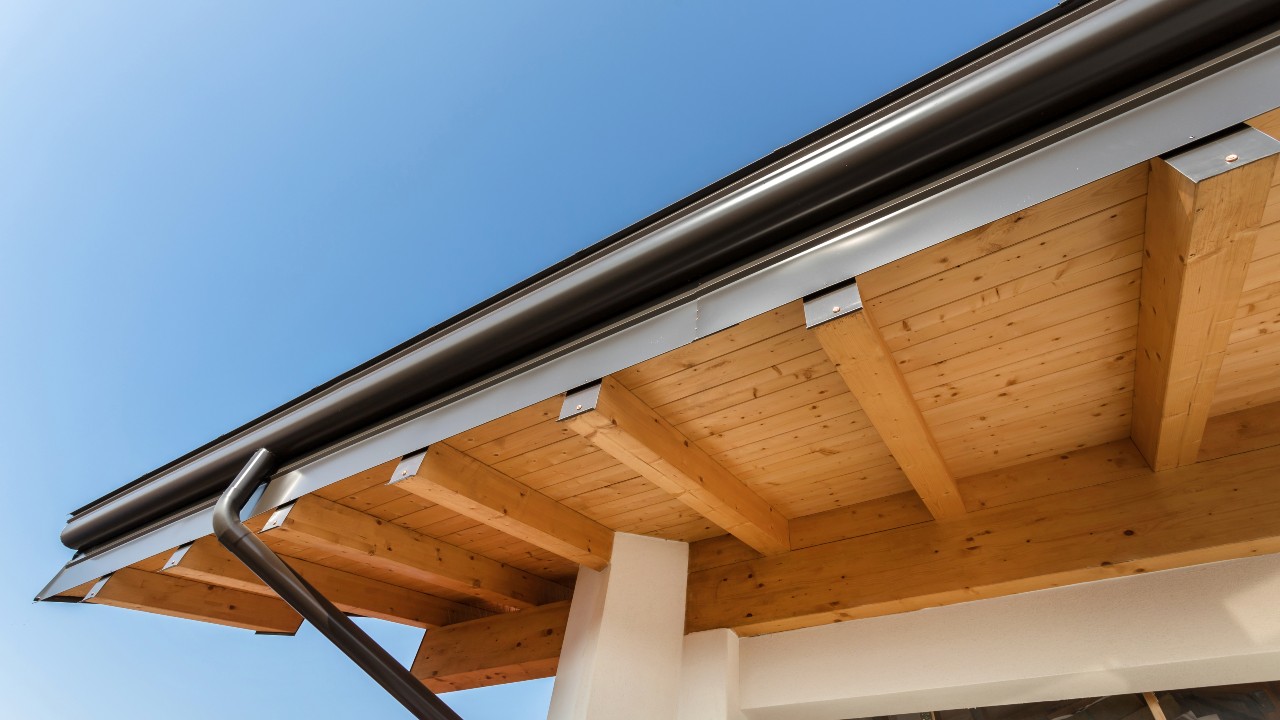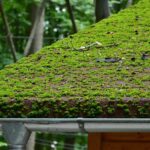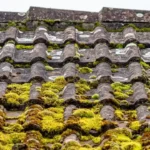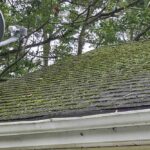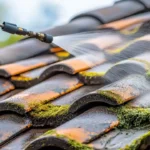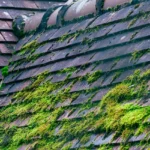When it comes to safeguarding your home from water damage, installing a secondary roof drainage system is an essential step. This is particularly crucial for homeowners who live in areas with heavy rainfall or snow. A secondary system acts as a backup to the primary drainage system, ensuring that excess water is effectively channeled away from your home. In this article, we will guide you through the process of installing a secondary roof drainage system, making your home safer and more secure.

Understanding Roof Drainage Systems
Before diving into the installation process, it’s essential to understand what a roof drainage system is and why it’s necessary. Roof drainage systems are designed to collect and redirect water from your roof, preventing water accumulation and potential damage. There are two main types: primary and secondary systems. While the primary system handles regular water flow, the secondary system is crucial during heavy rainfalls when the primary system might be overwhelmed.
Why Install a Secondary Roof Drainage System?
Installing a secondary system is vital for several reasons. Firstly, it provides extra protection against water overflow, reducing the risk of leaks and structural damage. Secondly, it ensures that your home remains dry during extreme weather conditions. Lastly, it complements the primary system, enhancing the overall efficiency of water drainage.
Components of a Secondary Roof Drainage System
Understanding the components involved in a secondary roof drainage system can help simplify the installation process. Key components include:
- Scuppers: Openings placed in the parapet walls to allow water to drain off the roof.
- Overflow Drains: Installed at a higher level than primary drains to handle excess water.
- Downspouts: Pipes that carry water from the roof to the ground.
Step-by-Step Installation Process
1. Assess Your Roof
Begin by assessing your roof’s current drainage system. Identify areas where water collects and determine the capacity of your primary system. This will help you decide where to place your secondary drainage components.
2. Gather Necessary Tools and Materials
Before starting the installation, gather all necessary tools and materials, including scuppers, overflow drains, downspouts, a drill, screws, and sealant. Having everything on hand will streamline the process.
3. Install Scuppers
Scuppers are installed in the parapet walls. Use a drill to create openings and secure the scuppers in place with screws. Ensure they are level and positioned to facilitate optimal water flow.
4. Install Overflow Drains
Place overflow drains at strategic points where water accumulates. These should be positioned slightly above the primary drains to handle overflow effectively. Secure them in place and seal around the edges to prevent leaks.
5. Attach Downspouts
Connect downspouts to the scuppers and overflow drains, ensuring they lead water away from your home’s foundation. Secure them with brackets and seal any joints.
Maintaining Your Secondary Roof Drainage System
Regular maintenance is crucial to ensure the efficiency of your secondary roof drainage system. Inspect and clean scuppers, overflow drains, and downspouts regularly to prevent blockages. For more detailed maintenance tips, you can visit this checklist.
Benefits of a Well-Functioning Secondary System
A well-installed and maintained secondary system offers numerous benefits. It extends the lifespan of your roof, protects your home from water damage, and enhances the overall value of your property.
Common Issues and Solutions
Despite their benefits, secondary systems can encounter issues such as blockages and leaks. Regular inspections and timely interventions can mitigate these problems. For solutions tailored to specific situations, check out sealing tips.
Professional Installation vs. DIY
While installing a secondary roof drainage system yourself can save money, it requires a fair amount of skill and knowledge. If you’re unsure about any step, consider hiring a professional to ensure the job is done correctly. For professional services, explore flat roof solutions.
Frequently Asked Questions
1. What is the primary purpose of a secondary roof drainage system?
The primary purpose is to provide an additional outlet for water during heavy rainfall, preventing overflow and potential damage.
2. How often should I maintain my drainage system?
Regular maintenance is recommended at least twice a year, or more frequently in areas with high rainfall.
3. Can I install a secondary system on any type of roof?
Yes, secondary systems can be installed on most roof types, including flat, sloped, and pitched roofs.

Conclusion
Installing a secondary roof drainage system is a proactive step towards protecting your home from water damage. By following the steps outlined in this guide and maintaining your system regularly, you can ensure your home remains safe and dry, regardless of the weather conditions. For further reading on drainage solutions, you can explore solutions for steep roofs.
This article contains affiliate links. We may earn a commission at no extra cost to you.



